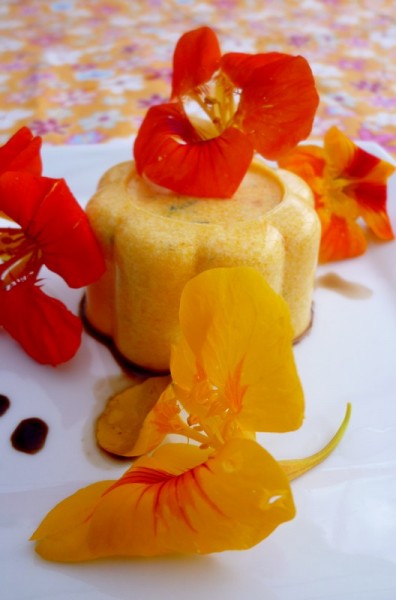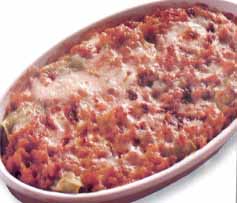Potatoes with spices and cilantro
Ingredients for 4 people:
-1 kg of potatoes style: roseval
-2 tomatoes
-3 onions
-2 cloves garlic d
-3 branches of parsley
-3 branches of coriander
-3 spoons a soup d oil olive d
-2 Bay leaves
-1 belle pinch of ginger if you have the fresh c is better
-1 half spoon has cumin coffee
-1 spoonful of paprika coffee a
-1 small fresh hot pepper
Preparation:
-Cut potatoes and washers and plunge 30 segondes tomatoes in boiling water, refresh under cold water and peel the
-In a jumping put l oil and return the onions cut into slices then add potatoes and tomatoes concasees and chopped garlic, Laurel, ginger, cumin, paprika and finally the parsley and cilantro chopped. Salt and pepper
-Water content of the jumping with 30 cl d water and stir, cover and cook 30 minutes a heat
-Remove stem and seeds from peppers working under cold water and then cut into strips and l Add a the jumping and cook 1 minutes still
-1 kg of potatoes style: roseval
-2 tomatoes
-3 onions
-2 cloves garlic d
-3 branches of parsley
-3 branches of coriander
-3 spoons a soup d oil olive d
-2 Bay leaves
-1 belle pinch of ginger if you have the fresh c is better
-1 half spoon has cumin coffee
-1 spoonful of paprika coffee a
-1 small fresh hot pepper
Preparation:
-Cut potatoes and washers and plunge 30 segondes tomatoes in boiling water, refresh under cold water and peel the
-In a jumping put l oil and return the onions cut into slices then add potatoes and tomatoes concasees and chopped garlic, Laurel, ginger, cumin, paprika and finally the parsley and cilantro chopped. Salt and pepper
-Water content of the jumping with 30 cl d water and stir, cover and cook 30 minutes a heat
-Remove stem and seeds from peppers working under cold water and then cut into strips and l Add a the jumping and cook 1 minutes still






















